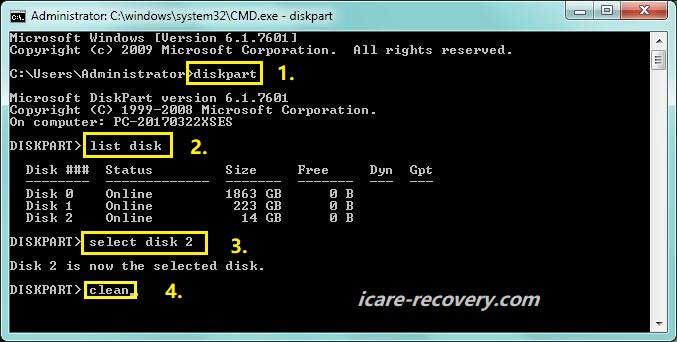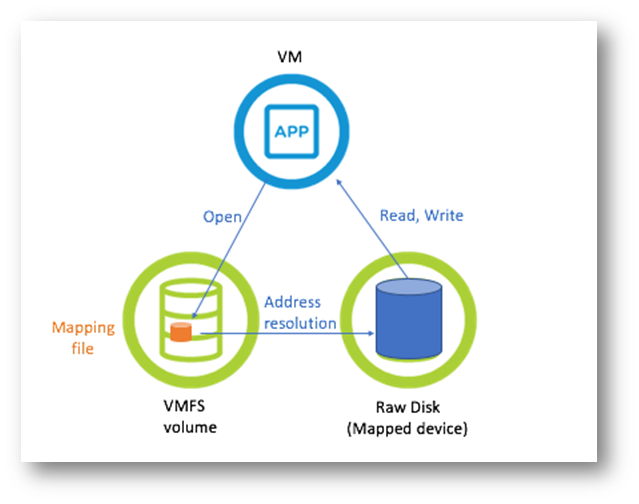

So, if you are migrating Windows VM’s from VMware, you will create a Windows VM in Proxmox. You will want to have a VM created in Proxmox already that you plan on attaching the disk to.This guide will cover both RBD and ZFS, but all you need is the storage ID.The next steps are to convert these VMDK files into a raw format so Proxmox can use them in a VM.How this is done will depend on what type of storage you are using for your Proxmox VM’s.If you have followed the guide up to this point, you should have either an NFS share mounted with VMDK files browsable or an iSCSI disk mounted with VMFS and again have VMDK files browsable.Proceed to Section: Migration to Proxmox.Inside of these directories, you can find the VMDK files. If you cd into the VMFS mount point and view the directories, you will see a directory for each VM. The VMFS file system can now be navigated.Make sure to replace “sdb1” with the disk letter name of the iSCSI device. Once the iSCSI disk has been identified, we will use the vmfs6-fuse command to mount it on the Proxmox system.List the block devices to find the iSCSI disk(s) that you have mapped to this machine.Next, create a directory to mount the VMFS file system.
Convert a raw disk map to a vmdk install#

This will map your iSCSI LUN to the Proxmox machine. Iscsiadm -mode node -targetname .number.here -portal :3260īy default, iSCSI uses port 3260, if your deployment uses something different, replace the port number.

Depending on your use case follow the steps below. This Virtual Machine does not have to have any disks, it just needs to be created within Proxmox VE, because you will use the VM ID when mapping the image.ĭepending on your use case you may have a NFS datastore or a ISCSI datastore. You will also want to have a virtual machine created within Proxmox VE to move the disk to. You will also need to have at least one storage pool set up to move your VM image to. Prior to starting, you will want to have a Proxmox virtual environment up and running.Once that file system is created, VMware again just creates VMDK files which act ask disks within VM’s. VMware then creates its own file system on top of it called “VMFS”. You have an iSCSI server that you use to carve up block devices that are shared directly to VMware. You have an NFS server that you use to map a NFS volume to VMware, and when you create a disk within VMware, it creates a VMDK file on that NFS share. The first way is with simple NFS volumes.This is where VMware creates its VMDK files which act as disks within VM’s. VMware has 2 main ways it consumes network storage.This guide will run through a step-by-step process to migrate your ESXi disks that exist in a VMDK format over into Proxmox, and then re-build those VMDK’s into a format that Proxmox can understand and use within Proxmox VM’s.


 0 kommentar(er)
0 kommentar(er)
